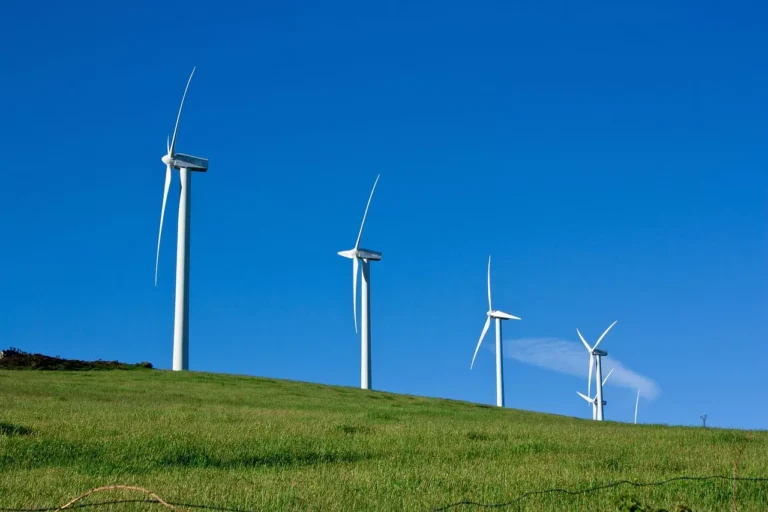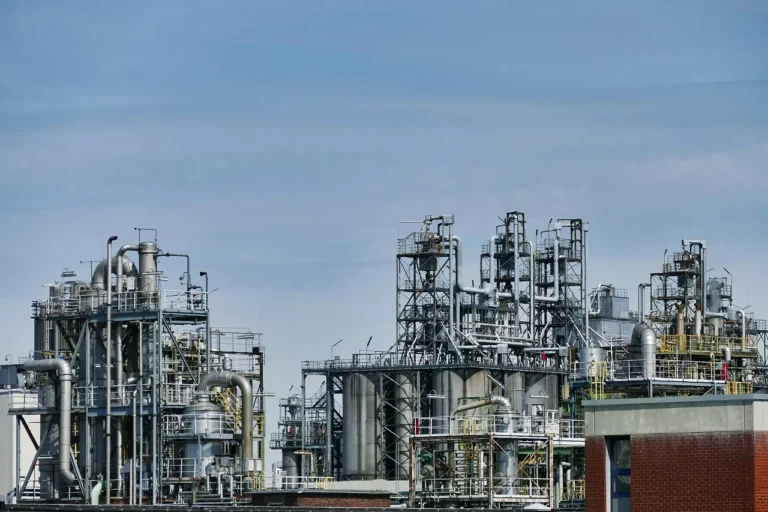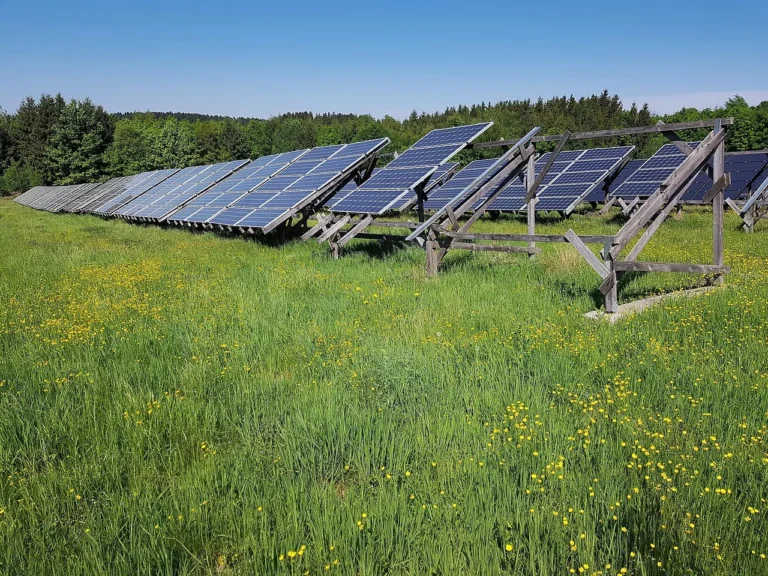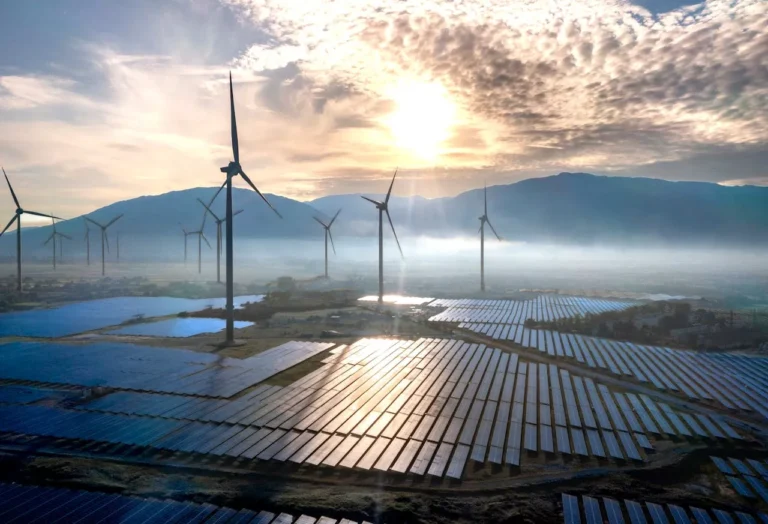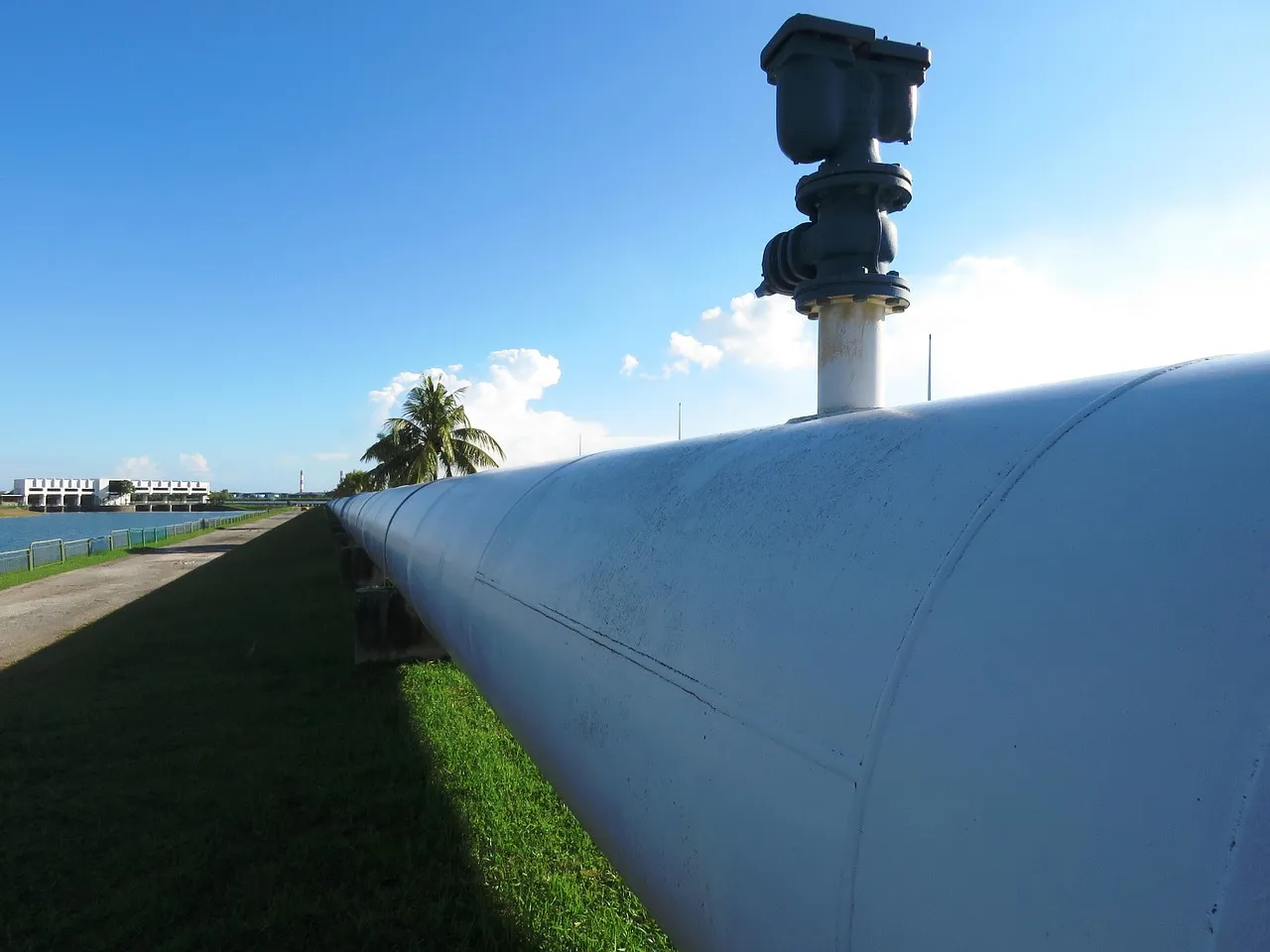
Energy Transfer Moves Forward with $5.3 Billion Transwestern Pipeline Expansion to Meet Growing Natural Gas Demand in the Southwest U.S.
Energy Transfer LP (NYSE: ET), one of the largest and most diversified energy infrastructure companies in the United States, has announced a final investment decision (FID) to move ahead with a major expansion of its Transwestern Pipeline system. This expansion is designed to boost the flow of natural gas from the prolific Permian Basin to key growing markets in Arizona and New Mexico, aiming to meet rising demand from residential, utility, and industrial consumers in the region.
Expansion to Serve Critical Growth in the Desert Southwest
Named the Desert Southwest Expansion Project, this development is a strategic response to increasing energy demand fueled by rapid population growth, expanding high-tech industries, and a surge in data center construction throughout the Southwestern United States. Energy Transfer’s move underscores the importance of reliable, affordable energy infrastructure to support regional development in an era of increasing digitalization and urbanization.
The expansion includes approximately 516 miles of new 42-inch diameter pipeline stretching across Arizona, New Mexico, and Texas, as well as the construction of nine new compressor stations to enhance flow and capacity. Upon completion, the expanded pipeline system will have a design capacity of 1.5 billion cubic feet per day (Bcf/d) of natural gas — a significant boost in supply capability for the region.
Energy Transfer expects the Desert Southwest Expansion to be placed into service by Q4 of 2029, reinforcing its long-standing commitment to the region, where the Transwestern Pipeline has been a critical energy corridor since its initial operation in 1960.
A $5.3 Billion Investment Backed by Strong Market Support
The total investment in the project is estimated at $5.3 billion, which includes approximately $600 million in Allowance for Funds Used During Construction (AFUDC). A large portion of the pipeline’s initial capacity is already underpinned by long-term transportation agreements with investment-grade customers, providing financial stability and certainty for the project’s development.
To fill out remaining capacity, Energy Transfer plans to initiate an open season later this quarter, inviting additional shippers to contract for long-term transportation service. Based on market interest and ongoing discussions, the company is confident the pipeline will be fully subscribed upon the conclusion of the open season. Furthermore, the project is designed with flexibility in mind and could be efficiently expanded to accommodate even more capacity if demand exceeds current forecasts.
Economic and Employment Impact: Prioritizing U.S. Steel and Local Labor
The Desert Southwest Expansion is expected to generate substantial economic benefits beyond energy supply security. Energy Transfer has emphasized its commitment to domestic sourcing and labor by prioritizing U.S. steel pipe manufacturers for the project’s material needs. In addition, construction is anticipated to create up to 5,000 jobs, with a focus on union labor and local workforce utilization. This approach aligns with broader national goals of supporting American manufacturing and creating quality employment opportunities in the energy infrastructure sector.
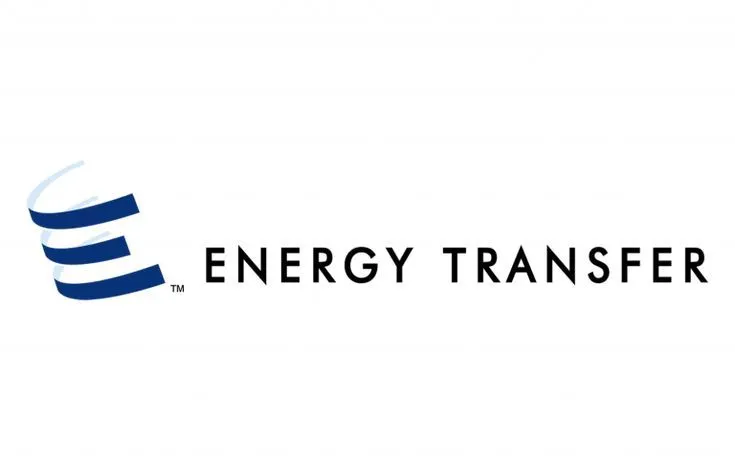
Strategic Advantages of Energy Transfer’s National Footprint
Energy Transfer’s decision to proceed with this major investment is bolstered by the company’s vast asset base and operational footprint. With approximately 140,000 miles of pipeline and associated infrastructure across 44 U.S. states, the company operates one of the most extensive and integrated energy logistics networks in North America. This includes key assets in all major U.S. production basins and connections to nearly 200 natural gas-fired power plants nationwide, ensuring critical supply chain resilience and delivery optionality.
The expansion further strengthens Energy Transfer’s ability to provide cost-effective and reliable service across its network. It also enhances the company’s position as a key facilitator of U.S. energy exports and domestic energy security, with infrastructure that spans midstream gas gathering, processing, intrastate and interstate transmission, crude oil and liquids transportation, NGL fractionation, and refined product terminalling.
Supporting America’s Transition and Reliability Goals
As demand for cleaner energy grows, natural gas continues to play a pivotal role in the energy transition — providing a reliable, dispatchable complement to intermittent renewable sources like wind and solar. The Desert Southwest Expansion supports this transition by ensuring that utilities and industrial users in Arizona and New Mexico have access to secure, long-term natural gas supplies.
By connecting the Permian Basin — one of the most productive natural gas regions in the world — to high-demand markets, the project not only helps stabilize energy prices in the region but also supports grid reliability and decarbonization strategies, particularly for sectors like data centers, which require constant, high-volume energy input.
Energy Transfer’s Broader Holdings and Strategic Investments
Beyond the Transwestern expansion, Energy Transfer continues to build value through its diverse portfolio of subsidiaries and joint ventures. The company owns Lake Charles LNG Company, which is developing one of the few fully permitted LNG export projects on the Gulf Coast. Additionally, Energy Transfer holds substantial interests in affiliated publicly traded partnerships:
- Sunoco LP (NYSE: SUN) – Energy Transfer owns the general partner interest, incentive distribution rights, and about 21% of common units. Sunoco is one of the largest fuel distributors in the U.S.
- USA Compression Partners, LP (NYSE: USAC) – Energy Transfer owns the general partner interest and approximately 38% of common units. USA Compression provides essential gas compression services for production and pipeline operations.
These investments, combined with strong internal cash flow generation, support Energy Transfer’s ability to fund large-scale infrastructure projects like the Desert Southwest Expansion while maintaining financial discipline.





